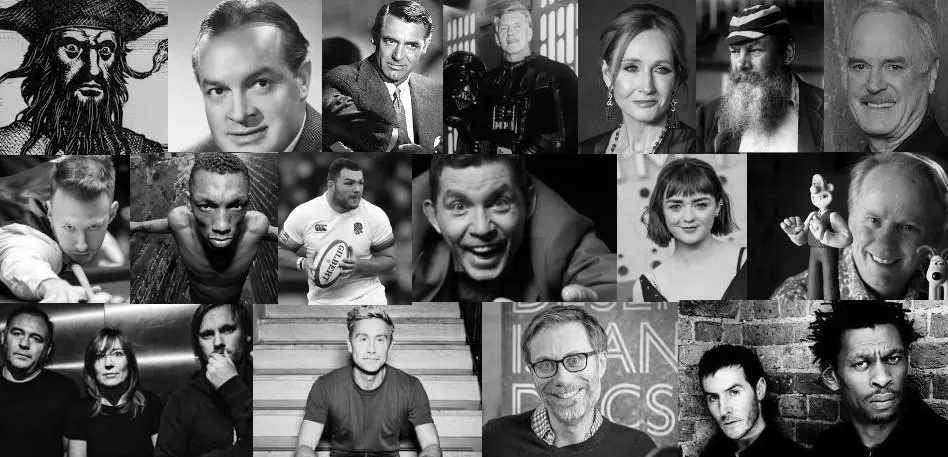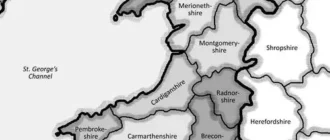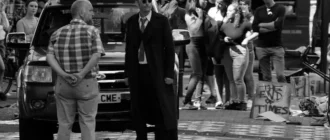Bristol is an independent city, home to Banksy and the hot air balloon festival. The modern economy is based on aerospace, electronics, and creative media. It has a thriving arts scene, and the city center docks have been transformed into cultural hubs. The city is also the home of the largest circulating community currency in the UK – the Bristol Pound. Bristol is also home to two universities and a diverse range of sporting and artistic organizations.
Bristol has a proudly independent business scene.
Bristol has a proudly independent business scene, and some of the city’s best businesses can be found on Bristol’s Lower Park Row and other local areas. Bristol has a wide range of shops, from vintage bookshops and health food shops to quirky and creative gift shops and clothing shops.
The city is home to a diverse group of businesses, including many BME-led. However, these firms face barriers in their pursuit of success and growth. The West of England LEP, which was set up in 2010, is working to tackle these issues, and it is currently investigating how to help more BME-led businesses flourish.
In addition to the vibrant independent business scene, Bristol has an excellent university and film and TV production sector. It has produced many notable graduates, including Mick Jackson, Michael Winterbottom, Marc Evans, Christopher Smith, Alex Cox, Peter Webber, and Maddie Moate. In addition, the city is home to one of the few centers in the UK for deaf studies, the Norah Fry Centre. In 2013, Bristol University voted to disaffirm from the National Union of Students, but a subsequent referendum of all students rescinded this decision.
Bristol is home to some of the UK’s most celebrated luxury brands. One of these is the Bristol Motor Company, one of the last independent carmakers. The company employs about 100 people and has a single sales outlet in the Kensington district.
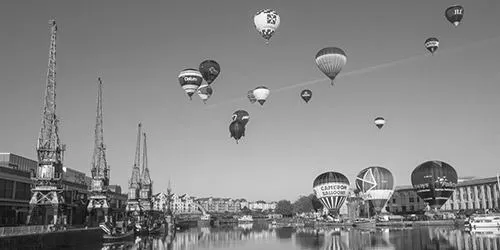
It’s home to Banksy.
In the early 1990s, Banksy became part of the DryBreadZ Crew, a street art group. He later became associated with the Bristol Sound, which included Portishead and Massive Attack. He later traveled to Mexico, where he produced stenciled works. Today, Banksy frequently returns to the city.
The city is also home to various other artists who Banksy has influenced. His works can be found on walls, fences, and even in some of the city’s most famous buildings. Bristol is known for being the birthplace of Banksy, and his street art has left a lasting mark on the town.
Although Banksy has been staying at home until 2020, he may have painted street art in the city. The recent discovery of a Banksy painting on the side of a house in Totterdown has caused a lot of speculation and excitement.
The city’s street art scene is a vibrant part of Bristol life. Stokes Croft is home to some of the city’s best pieces, including a mural of a stylized teddy bear throwing a petrol bomb at riot police. In addition to murals, Frogmore Street is home to some of the city’s first Banksy pieces, such as Well Hung Lover and Love Cheat.
Bristol is also home to the famous paint-pot angel, part of a Banksy exhibition in the city. The sculpture is a popular attraction in Bristol, and people queued for seven hours to visit it.
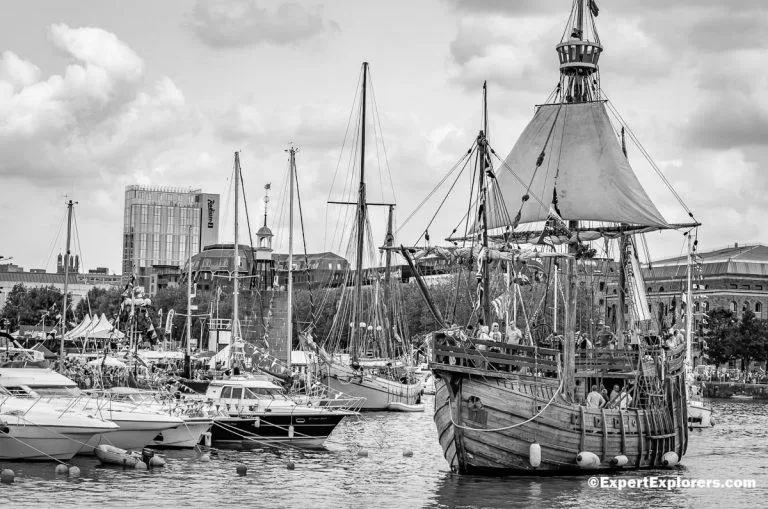
It’s the center of the triangle trade.
The city is renowned for its trade in enslaved Africans for New World commodities. Bristol port was a significant player in the slave trade, and investors like John Colston, whose wealth was derived from the work, contributed to the city’s development. Colston donated his money to local charities and named many public buildings in Bristol. His legacy is a controversial one in Bristol. The city recently announced the closure of Colston’s Girls’ School, a former slave colony.
The trade-in enslaved Africans began in the eleventh century. After the Revolution, many Bristol families were involved in the trade. Some of the most notable were the Wilsons, the Fales, the Ushers, the Munros, and the DeWolf family. These wealthy families owned ships and were engaged in the trade. They also operated banks and insurance companies to support the slave trade.
The Triangle Trade was a significant source of wealth in Britain’s history. It involved vessels from around the country, and Bristol was a major center of this trade. By the early eighteenth century, the city had its mint and was an important trading city within the Kingdom. The town was home to the first abolitionist in Britain, Wulfstan II.
Sugar soon became Bristol’s main export and import in the eighteenth century. The triangular trade continued with Bristol as its hub until the 1807 embargo prohibited the employment of enslaved people.
It’s a cultural hub.
Bristol is a great place to visit if you plan a trip to the United Kingdom. This cosmopolitan city, situated on the River Avon, has a rich maritime history and is a cultural hotspot. The city is home to many famous cultural icons, including Banksy and Wallace & Gromit.
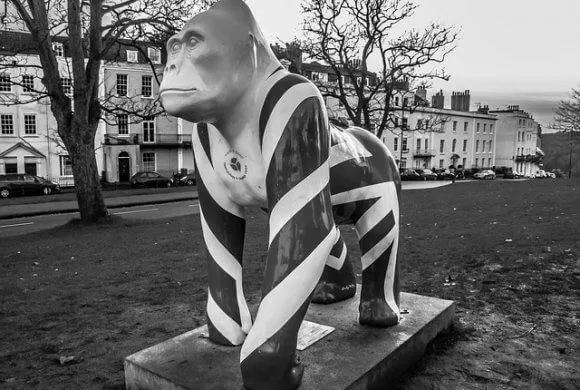
While the city has a rich heritage, it has been a place of social change. The city has a diverse population, with 16% black and minority ethnic population. It is also home to the statue of Edward Colston, who stood there for 125 years. Despite this, the city has suffered from racial inequality.
Bristol is also home to many museums. The M Shed museum explores the city’s social history. The historic buildings of the 19th century have been converted into restaurants, museums, and art galleries—Bristol’s landmark churches, such as St. Mary Redcliffe Church, dating back to the 12th century.
The city’s food scene is great for foodies and families, and plenty of budget-friendly options exist. Bar44’s award-winning Sunday lunch is a highlight, with a range of meat and vegetarian options available. The menu includes fruit and nut loaf, Yorkshire pudding, and four-day cauldron-brewed gravy.
It has a vibrant music scene.
Live music is a significant part of Bristol’s culture, and music fans of all ages are regular attendees at the city’s music venues. A recent study shows nearly a quarter of music fans attended at least one gig per week in Bristol. Almost a third of these fans were aged 40 or over, and nearly 40% attended at least three gigs in one month. This participation in the music scene acts as a cultural and economic stimulus.
Bristol’s music scene represents an eclectic range of genres, from classical to experimental. Various labels, collectives, and venues are crucial in nurturing new talent. Bristol’s BLOOM label is an example of a collective that promotes the creative spirit of the city’s music scene. The collective features progressive, experimental, playful, and enchanting acts. Some bands featured here include the Spindle Ensemble, The Mountain Collector, and the Anglo-Japanese Yama Warashi.

The city’s music scene has a long history. In the mid-80s, the Bristol sound was associated with sound systems, but the city’s sound scene also had traditional bands like Portishead. The group’s second single, “Have You Ever Seen,” became an international hit and reached number 13 on the UK Singles Chart. The city’s music scene is so diverse that if you’re a hip-hop or electronic music fan, you’ll find it in Bristol.
The city is home to some of the most notable musical pioneers in the world. Artists such as Tricky, Roni Size, and Massive Attack have made names for themselves internationally. And many musicians are engaged with local issues. In 2003, Massive Attack performed in Queen’s Square, a public square, and later refused to play at the nearby Colston Hall, named after a man implicated in the transatlantic slave trade.
